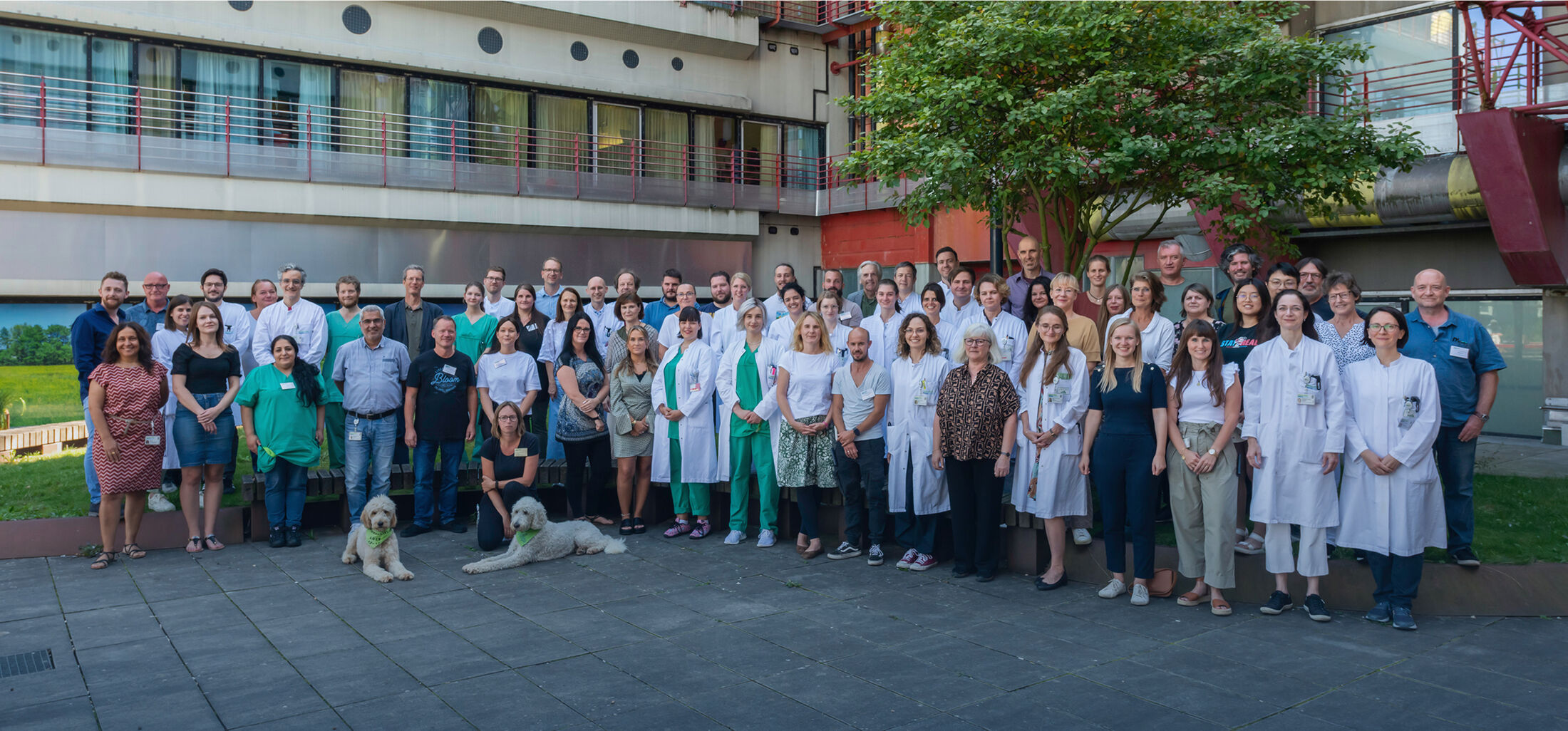Skip navigation - Weidler C, Gramegna C, Müller D, Schrickel M, Habel U. Resting-state functional connectivity and structural differences between smokers and healthy non-smokers. Sci Rep. 2024 Mar 22;14(1):6878.
- Weidler C, Hofhansel L, Regenbogen C, Müller D, Clemens B, Montag C, Reif A, Habel U. The influence of the COMT Val158Met polymorphism on prefrontal TDCS effects on aggression. Sci Rep. 2024
- Henn AT, Hüpen P, Boccadoro S, Ritter L, Satterthwaite TD, Wagels L, Habel U. Context effects, skin conductance responses and personality traits - Influencing variables on risk-taking within a modified version of the balloon analog risk task. Biol Psychol. 2023 Feb;177:108498 doi: 10.1016/j.biopsycho.2023.108498.
- Hüpen P, Kumar H, Shymanskaya A, Swaminathan R, Habel U. Impulsivity Classification Using EEG Power and Explainable Machine Learning. Int J Neural Syst. 2023 Feb;33(2):2350006. doi: 10.1142/S0129065723500065
- Scheliga S, Kellermann T, Lampert A, Rolke R, Spehr M, Habel U. Neural correlates of multisensory integration in the human brain: an ALE meta-analysis. Rev Neurosci. 2022 Sep 12;34(2):223-245.
- Kuhn L, Noack H, Wagels L, Prothmann A, Schulik A, Aydin E, Nieratschker V, Derntl B, Habel U (2022). Sex-dependent multimodal response profiles to psychosocial stress. Cerebral Cortex, bhac086, 1-14. doi: 10.1093/cercor/bhac086
- U Habel, C Regenbogen, C Kammann, S Stickel, N Chechko, „Male brain processing of the body odor of ovulating women compared to that of pregnant women”, Neuroimage, 2021, 229, 117733. doi: 10.1016/j.neuroimage.2021.117733.
- HG Jo, O Wudarczyk, M Leclerc, C Regenbogen, A Lampert, M Rothermel, U Habel, “Effect of odor pleasantness on heat-induced pain: An fMRI study”, Brain Imaging Behavior, 2021, 15(3):1300-1312. doi: 10.1007/s11682-020-00328-0.
- Leiding D, Kaiser F, Steffens M, Puiu AA, Habel U. What determines violent behavior in men? Predicting physical, psychological, and sexual violent offending based on classification and regression tree analysis. Aggress Behav. 2021 Sep;47(5):570-582.
- B Clemens, B Derntl, E Smith, J Junger, J Neulen, G Mingoia, F Schneider, T Abel, D Bzdok, U Habel, “Predictive pattern classification can distinguish gender identity subtypes from behavior and brain imaging”, Cerebral Cortex, 30(5):2755-2765, 2020. doi: 10.1093/cercor/bhz272.
- Votinov M, Wagels L, Hoffstaedter F, Kellermann T, Goerlich KS, Eickhoff SB, Habel U. Effects of exogenous testosterone application on network connectivity within emotion regulation systems. Sci Rep 2020;10:2352-2362.
- HG Jo, T Kellermann, C Baumann, J Ito, B Schulte-Holthausen, F Schneider, S Grün, U Habel, “Distinct modes of top-down cognitive processing in the ventral visual cortex”, NeuroImage, 193:201-213, 2019. doi: 10.1016/j.neuroimage.2019.02.068.
- Hofhansel L, Weidler C, Votinov M, Clemens B, Raine A, Habel U. Morphology of the criminal brain: gray matter reductions are linked to antisocial behavior in offenders. Brain Struct Funct. 2020 Sep;225(7):2017-2028.
- Weidler C, Wagels L, Regenbogen C, Hofhansel L, Blendy JA, Clemens B, Montag C, Habel U. The influence of the OPRM1 (A118G) polymorphism on behavioral and neural correlates of aggression in healthy males. Neuropharmacology. 2019 Sep 15;156:107467. doi: 10.1016/j.neuropharm.2018.12.014.
- L Wagels, M Votinov, T Kellermann, J Konzok, S Jung, C Montag, F Schneider, A Eisert, C Beyer, U Habel, “Exogenous testosterone and the monoamine-oxidase A polymorphism influence anger, aggression and neural responses to provocation in males”, Neuropharmacology, 156:107491-107503, 2019. doi: 10.1016/j.neuropharm.2019.01.006.
- Repple J, Pawliczek CM, Voss B, Siegel S, Schneider F, Kohn N, Habel U. From provocation to aggression: the neural network. BMC Neurosci. 2017 Oct 17;18(1):73. doi: 10.1186/s12868-017-0390-z.
- L Wagels, M Votinov, S Radke, B Clemens, C Montag, S Jung, U Habel, “Blunted insula activation reflects increased risk and reward seeking as an interaction of testosterone administration and the MAOA polymorphism”, Human Brain Mapping, 105:11-21, 2017. doi: 10.1002/hbm.23685.
- OA Wudarczyk, N Kohn, R Bergs, KS Goerlich, RE Gur, B Turetsky, F Schneider, U Habel, “Chemosensory anxiety cues enhance the perception of fearful faces - An fMRI study”, NeuroImage, 143:214-222, 2016. doi: 10.1016/j.neuroimage.2016.09.002.
- Kohn N, Eickhoff SB, Scheller M, Laird AR, Fox PT, Habel U (2014) Neural network of cognitive emotion regulation--an ALE meta-analysis and MACM analysis. Neuroimage 87:345–55.
- C Moessnang, K Pauly, T Kellermann, J Krämer, A Finkelmeyer, T Hummel, SJ Siegel, F Schneider, U Habel, “The scent of salience - is there olfactory-trigeminal conditioning in humans?” NeuroImage, 77:93-104, 2013. doi: 10.1016/j.neuroimage.2013.03.049.
- B Derntl, A Finkelmeyer, S Eickhoff, T Kellermann, DI Falkenberg, F Schneider, U Habel, “Multidimensional assessment of empathic abilities: neural correlates and gender differences”, Psychoneuroendocrinology, 2010 Jan;35(1):67-82. doi: 10.1016/j.psyneuen.2009.10.006.
